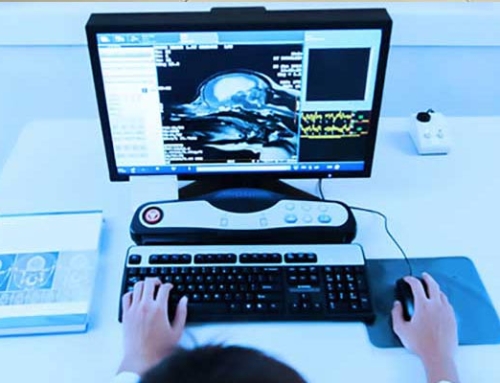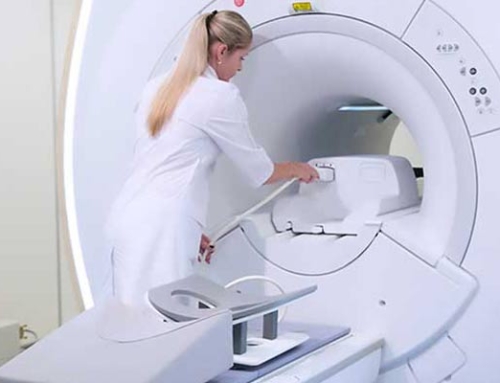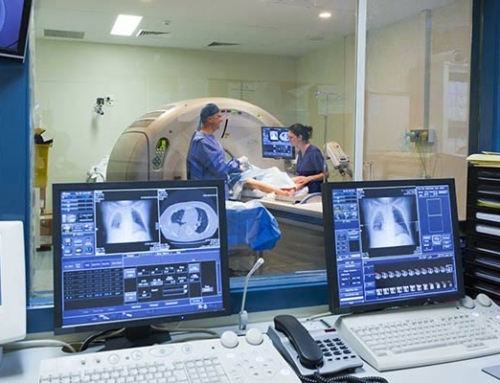Obtaining CE credits for ARRT can be troublesome if you don’t know where to look, but it’s easy to get if you do. If you’re short on time, you might want to find sources that award lots of credits instead of ones that only provide a single credit.
CE activities are beneficial for you and your entire profession. Don’t think of them as CE credits for ARRT, but rather for radiology and your career. These rules have been in place since 1995 and have contributed to the growth and development of the field of radiology.
Where to Get CE Credits for ARRT
Barely anyone complains of a lack of CE activities or an inability to find them. You’ll find CE activities everywhere you look. Some are related to scholarly activities, while others are in the form of courses and even online. It all depends on your preferences and what you want to do.
Seminars, lectures, online programs, college courses, lecturing, and publishing scientific books and articles can all contribute to your CE. You should keep things in mind that do not qualify as MRI CE credits because they’re a part of the job. These are:
- Attending staff meetings
- Courses mandated by your employers
- Anything not related to radiology
- Posterior sessions
Duration and Credits
How many credits you get from an activity is related to its duration. Activities less than 15 minutes in duration don’t count and won’t give you any form of credit. Activities that are 15 and 29 minutes long are worth 0.25 credits, while those that are 30 to 44 minutes are worth 0.5 credits. 45 to 49-minute activities give you 0.75 credits, while activities between 50 and 62 minutes give you one full credit.
The longer the activities, the more credits you get, as activities that are 100-112 minutes long can award you 2 credits. You should check that an activity is approved by the ASRT before starting to guarantee that it’ll count for you.
If you want to get lots of credits for one activity, you have a few options. Writing a chapter in a radiology textbook will award you 4 credits, while writing the full book will give you 24 whole credits. Writing scholarly articles is also rewarding as it’ll be worth 10 credits per article.
ACLS certification by the American Heart Association, American Safety and Health Institute, or Red Cross is worth 6 credits. There’s no shortage of options to get plenty of credits within a short period.
The way to approach CE is to consider it fun and good for your career. The entire purpose of continuing education for radiology technicians is to make radiology better and more advanced. Yes, getting CE credits for ARRT is important to stay certified, but it has so many other benefits. If you don’t see the value of these benefits, then you can do things that’ll earn you lots of credits while also advancing the world of radiology, so it’s a win-win.
Searches Related to MRI Tech Salary







